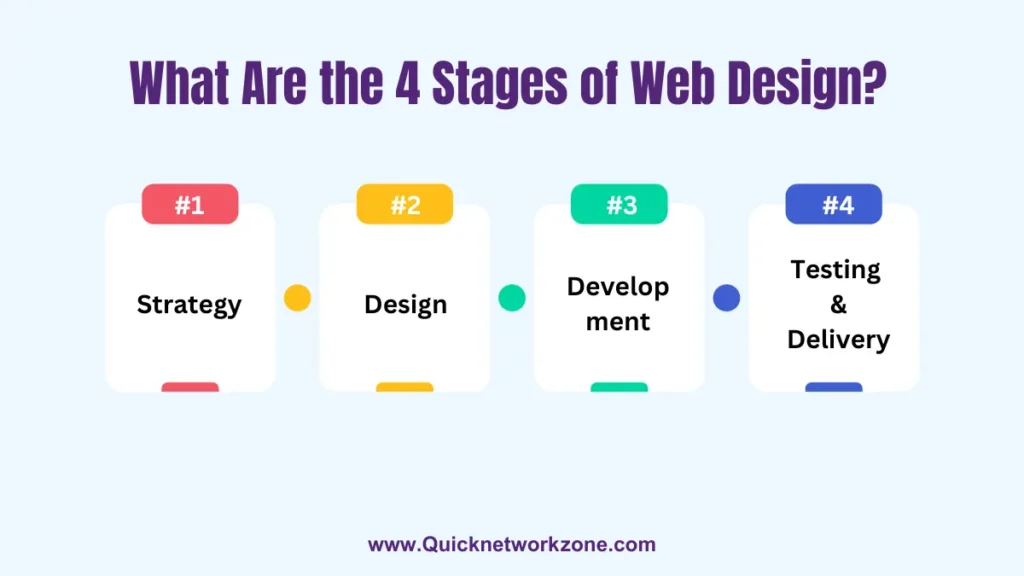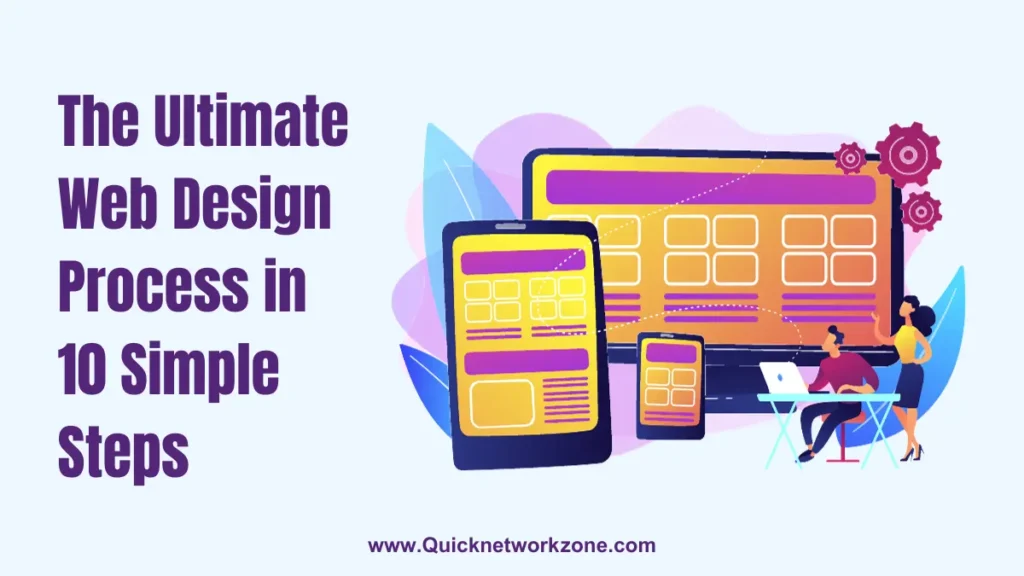Hiring a freelance web developer starts with clearly defining your project’s scope, requirements, timeline, and budget. Then, post a detailed job listing on popular freelance websites so developers can apply. Thoroughly vet applicants by reviewing portfolios, checking references, holding technical interviews, and evaluating communication skills. Once you select a developer, formalize your agreement in a contract outlining project details, payment terms, and expectations. Provide them with branding assets and outline communication protocols for getting feedback during the building process so you remain aligned.
Key Takeaways:
- Define project scope and requirements upfront
- Post job listing on freelance sites with details
- Review portfolios and communication skills
- Check references to verify claims
- Conduct interview to assess technical abilities
- Negotiate payment terms and formalize contract
- Provide assets and outline expectations
- Give feedback during development process
How To Hire a Freelance Web Developer in 7 Steps
Hiring a freelance web developer to build your website or web application can provide excellent value and flexibility. However, finding the right freelancer requires following a process to thoroughly vet technical skills, experience, work ethic, and communication abilities.

This guide outlines a step-by-step approach for entrepreneurs, startups, agencies, and businesses to strategically hire the best freelance developer for their project in 7 key steps:
- Clearly Define Project Scope and Technical Requirements
- Post a Detailed Job Listing on Relevant Freelance Sites
- Carefully Review Portfolios and Communication Skills of Applicants
- Verify Skills by Checking References and Code Samples
- Conduct Interviews to Assess Technical Abilities
- Negotiate Payment Terms and Formalize a Written Contract
- Provide Assets and Outline Expectations for the Development Process
Let’s explore each step to set your web build up for success.
Step 1: Clearly Define Project Scope and Technical Requirements
First, you need to outline the scope, goals, features, and technical specifications for your web project. Being as clear and detailed as possible upfront ensures you find an aligned developer and sets clear expectations.
Elements to define include:
- Purpose – What goal/problem does your site solve? Who is the target audience?
- Content/features – What pages, elements, functionality is needed?
- Technical requirements – Web stack, integrations, security standards
- Project timeline – Number of weeks/months estimated to design, develop, test, launch
- Budget – Total amount allocated for the project based on scope
Pro Tip: Create a project brief or requirement document to communicate scope details to potential developers.
Having this information prepared allows you to better evaluate skill fit and experience when reviewing developer applications. It also shows you did the planning legwork rather than wasting applicant time scoping undefined projects.
Step 2: Post a Detailed Job Listing on Relevant Freelance Sites
Next, post your project on reputable freelance job boards and marketplaces like:
The job listing should include:
- Project overview – Brief background, goals, target users
- Required skills/experience – Programming languages, CMS platforms, industry experience
- Scope details – See step 1 project brief and technical requirements
- Project timeline – Number of estimated weeks and milestones
- Budget – Total and payment structure (fixed-price or hourly)
Editor Note: Feel free to also list desired skills like communication, availability for meetings, openness to feedback so candidates understand your priorities beyond technical qualifications.
Thorough listings will generate the most — and most qualified — applicants excited to take on the project.
Step 3: Carefully Review Portfolios and Communication Skills of Applicants
Once applications come in, you need to vet beyond claimed skills to evaluate work quality and ability to understand requests.
Begin by reviewing portfolios candidates provided showcasing past work similar to your project. Analyze:
- Relevance – Do past project themes align? Similar features/functionality?
- Design aesthetic – Do you like their visual style? Responsive layouts?
- Code quality – Review code samples for readability, structure, commenting
- Communication – Assess their proposal, questions asked, promptness and professionalism responding
You want to get a sense developers fully comprehend your requirements and can inspire confidence they will deliver on expectations.
Pro Tip: Ask to see 2-3 examples of live websites or applications they built matching your needs to dig beyond mockups.
While technical skills are crucial, soft skills like clear communication and reliability also ensure an effective working relationship.
Step 4: Verify Skills by Checking References and Code Samples
Before progressing candidates, take time to verify abilities beyond curated portfolios:
- Check references/reviews – Ask for 2-3 client references to confirm work delivered and overall working relationship. Hearing directly from past clients offers more candid insight into what to expect.
- Review more code samples – Have developers share code from additional live projects to further demonstrate skills. Look beyond homepage samples to gauge coding patterns.
- Ask technical questions – Probe their understanding of programming languages, infrastructure, testing, debugging, optimization techniques and othertopics listed on their resume.
Validating through third-party sources and raw code affirms they indeed possess the required expertise to handle advanced aspects of your project.
Step 5: Conduct Interviews to Assess Technical Abilities
After screening applicants, set up video call interviews allowing more personalized evaluation before hiring. Tailor questions based on required languages, tools, project complexity and communication needs.
Sample technical interview questions:
- How would you implement [specific feature] based on the requirements?
- How do you optimize web apps to improve speed/performance?
- How do you ensure cross-browser compatibility during development?
- What methods do you use for testing and debugging during the build process?
- What security precautions do you take when designing applications?
- Which hosting infrastructure is best aligned to our web app goals?
Listen for detailed understanding and problem solving walkthroughs. You want to feel confident they can build well-architected, high quality code tailored to your vision.
🤓 “Have them whiteboard complex logic flows so you can visualize their process.”
Step 6: Negotiate Payment Terms and Formalize a Written Contract
Once you select the best freelancer, take time to formally agree on project terms, expectations, and payment structure:
- Payment method – Milestones, fixed-price, or hourly rate? Popular options include 30% upfront, 30% at MVP, 40% on launch
- Project timeline – Bind deadlines to payment milestones
- Defines approval process – How many review rounds? Response times?
- Ownership/IP rights – Who owns what code and site assets after launch?
- Maintenance terms – Post launch bug fixing and technical support
- Contingencies – Clauses for late delivery, project cancellation, quality concerns
Pro Tip: Never pay 100% upfront. Tie payments to progress milestones so developers remain accountable to deliver.
Having a well-structured agreement sets transparency on project execution, timelines, and handling issues if they arise.
Step 7: Provide Assets and Outline Expectations for the Development Process
With your contract formalized, the real construction begins!
Be an active partner to facilitate excellent development:
- Provide brand assets – Logos, fonts, design elements, copywriting
- Agree communication cadence – Set expected response times and meeting frequency to review progress
- Give iterative feedback – After each build milestone, test features thoroughly and provide thoughtful feedback on UX, bugs, recommendations
- Bridge context gaps – Share business goals, user perspectives and industry news to keep priorities aligned
- Remain patient but firm – Construction takes time and compromise. Avoid micromanaging but hold developers accountable to agreed deliverables.
By outlining a structured development roadmap and embracing consistent dialogue, you empower your freelancer to translate specifications into a polished product matching your vision.
🧑💻 Pro Tip: To incentivize quality work, offer a bonus if the developer delivers exceptional features or fixes critical bugs faster than contractual requirements.
FAQs: Hiring a Freelance Web Developer
How much does it cost to hire a freelance web developer?
Cost varies based on project scope, features, experience level and geography but average rates range from $30-$100+/hour. Many also charge fixed prices around $3,000-$25,000+ for well-defined projects. Prepare for higher investment for robust web apps vs simpler websites.
Where can I find the best freelance web developers?
Top sites like Upwork, Toptal or Guru enable filtering by skills, reviews, rates and experience level. LinkedIn and Behance also showcase seasoned portfolios. Referrals from colleagues carry trust while exploring regional communities unearth local hungry talent.
What qualifications should web developers have?
Look for 5+ years professional experience in relevant languages/frameworks like JavaScript, PHP, Python, Node.js. .NET, React, Angular, etc. Niche expertise in site types like ecommerce, custom CMS or blockchain also proves valuable Alignment. Top talent balances complex coding abilities with usability best practices for smooth user experiences.
What questions should I ask when interviewing web developers?
Tailor questions around must-have project languages, tools, user flows and features. Listen for detailed technical comprehension, solution strategies and communication clarity explaining complex logic. Ask for code reviews. Explore experience with security, scalability, testing and maintaining other real world applications. You want confidence they translate specs into robust, future ready systems.
What should a web development agreement include?
Solid contracts outline exact project scope, technical specifications, milestone delivery dates, payment installments, liability, maintenance and defects terms. They define approval processes plus project management details like communication frequency, documentation needs and contingency plans if issues arise like budget overruns, feature delays or poor quality control.
Conclusion
Hiring a freelance web developer introduces tremendous value. Following this optimized 7-step approach facilitates evaluating technical abilities and work ethics thoroughly to find the best talent fit. Defining details upfront while taking time to nurture open communications and aligned expectations throughout development allows you to capitalize on freelancers’ specialized expertise for creating custom digital solutions.
What strategies have you found most effective for hiring freelance developers? I welcome any feedback or suggestions on streamlining the screening process while still establishing criteria that filters to top tier talent capable of bringing innovative website visions to life.




![Responsive Web Design: Best Practices and Considerations [3 Examples Included] Responsive Design: Best Practices and Considerations](https://quicknetworkzone.com/wp-content/uploads/2023/11/2-1024x576.webp)